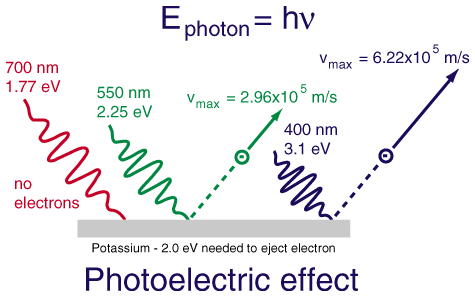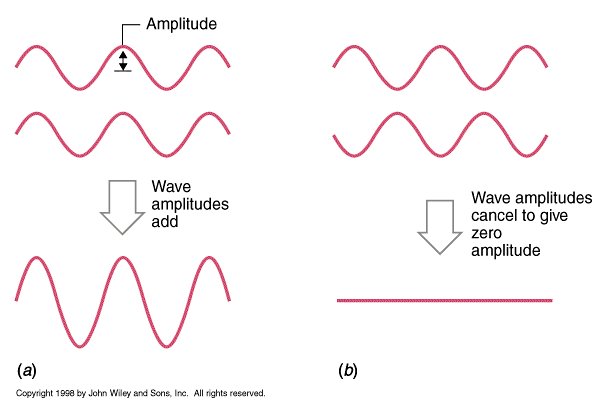Things that are very small, like subatomic particles, behave according to quantum rules. They do not follow the rules of larger, macroscopic objects. Its as if they are ruled by magic.
One of the most magical qualities is that they possess what we call wave-particle duality. We say that light has a dual nature - it can act like a partilce but it also acts like a wave ---but what does that mean?
Lets look at experiments -
What evidence do I have that light acts like a partcile?
The photoelectric effect-
When we fire light (Photons) at a piece of metal, only certain wavelengths are capable of causing an electron to be emitted- It takes a definite amount of energy not a range or spread. There is one "piece" required to bump off an electron - That is particle like. -

Evidence for the Wave part of light -
We know some things about waves. They have creasts and troughs- They have amplitudes, wavelengths and frequencies. They carry energy.


These characteristics are related mathematically.
E= hf and C = wavelength * frequency.
When waves interact- they do so by creating patterns we call interference.
If they interact so a crest meets a crest and a trough meets a trough, we call it constructive interference and each crest and each trough gets doubled.
If they interact so that a crest overlaps a trough, it is destructive interference and they cancel out.
